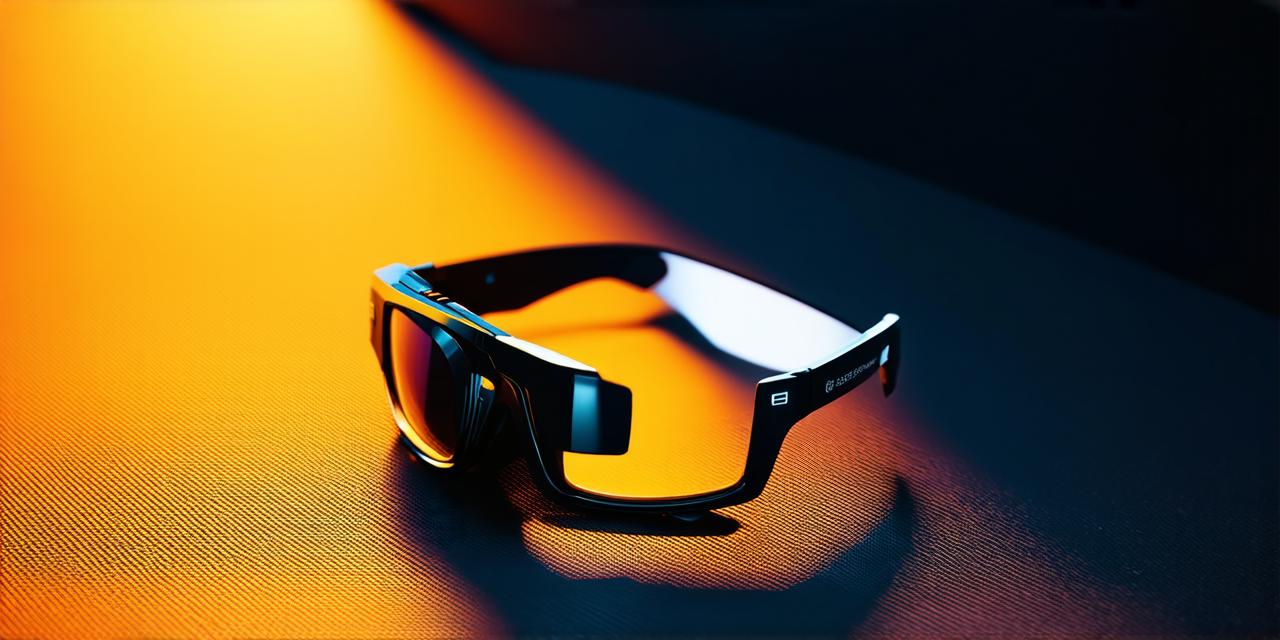Augmented reality (AR) is a rapidly growing field that has the potential to revolutionize the way we interact with digital content. One of the key aspects of AR development is creating compelling and engaging images that enhance the user experience.
Understanding Augmented Reality Images
Before diving into the details of developing an augmented reality image, it is important to understand what they are and how they work. An AR image is a digital image that overlays real-world objects or environments with additional information or content. This can include anything from product information to interactive games.
To create an AR image, developers need to use a combination of computer vision, machine learning, and 3D modeling techniques. They must also be familiar with AR development platforms such as Unity, Unreal Engine, and Vuforia.
The Importance of Engaging Content
When developing an augmented reality image, it is important to keep in mind the target audience and the type of content that will resonate with them. AR images should be engaging, interactive, and provide value to the user. This can include educational content, entertainment, or practical applications.
To create engaging content, developers should focus on creating an immersive experience that transports the user into a new world. They can achieve this by using techniques such as 3D modeling, animation, and sound effects. Developers should also consider incorporating social elements such as sharing buttons or leaderboards to encourage user engagement.
Case Studies: Successful Augmented Reality Images
There are many successful examples of augmented reality images that have captured the attention of users and driven engagement. One such example is IKEA’s AR app, which allows users to visualize furniture in their home before making a purchase. The app uses computer vision to track the user’s surroundings and overlay digital furniture onto the real-world environment. This not only provides practical value but also creates an immersive experience that enhances the user’s understanding of the product.
Another successful example is Coca-Cola’s “Share a Coke” campaign, which used AR to create personalized bottles with popular names and hashtags. The campaign generated significant social media engagement and encouraged users to share their personalized bottles with friends and family.
Developing an Augmented Reality Image: A Step-by-Step Guide

Now that we have discussed the importance of engaging content and successful examples, let’s take a look at how to develop an augmented reality image step by step.
1. Define Your Goals and Objectives
The first step in developing an AR image is to define your goals and objectives. This includes identifying the target audience, determining the type of content that will resonate with them, and defining the desired outcome (e.g., increased sales, engagement, or brand awareness).
2. Choose Your AR Development Platform
Once you have defined your goals and objectives, the next step is to choose an AR development platform. There are many options available, including Unity, Unreal Engine, and Vuforia. Each platform has its own strengths and weaknesses, so it is important to choose one that best fits your needs.
3. Create Your 3D Model
The next step is to create your 3D model. This includes designing the object or environment that will be overlaid with additional information or content. Developers should pay close attention to detail and ensure that the 3D model is optimized for use in AR.
4. Implement Computer Vision and Machine Learning Techniques
To create an engaging AR image, developers must implement computer vision and machine learning techniques. This includes tracking the user’s surroundings, detecting objects or environments, and overlaying digital information onto the real-world environment. Developers should also consider incorporating natural language processing to allow users to interact with the AR image using voice commands.
